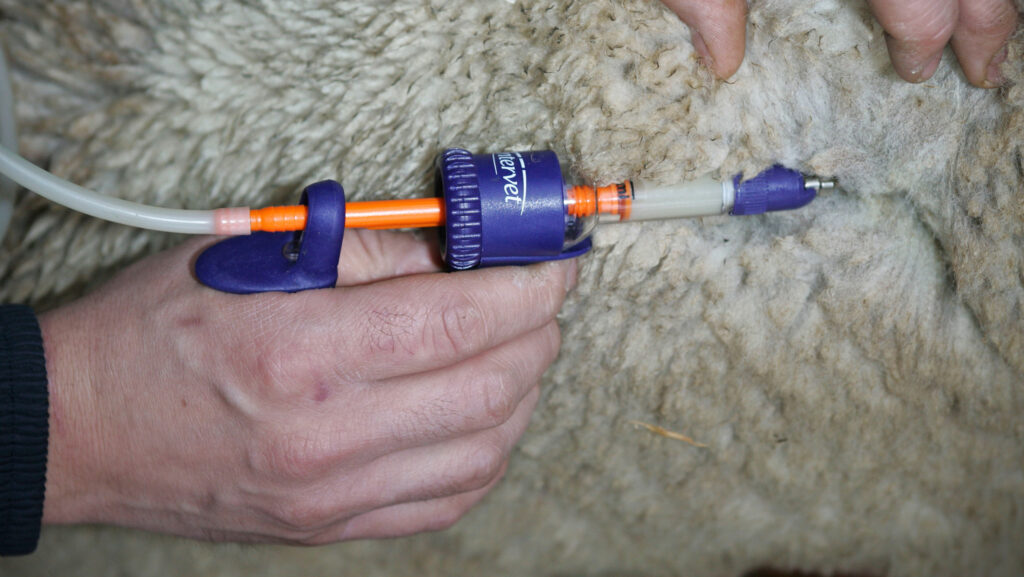Farmers reminded to vaccinate against clostridial diseases
 © Tim Scrivener
© Tim Scrivener Farmers are being reminded to vaccinate their lambs against clostridial disease, as data from the Animal and Plant Health Agency (Apha) show it consistently ranks among the most frequent diagnoses in flocks.
Clostridial disease can strike quickly, and once symptoms appear, treatment options are limited, making prevention through a full vaccination programme a better option for flock health.
See also: Sheep farmers encouraged to monitor nematodirus risk
Lancashire vet Charlie Parker points out that given current high UK sheep prices, it is also a better financial option.
“Losing just one or two lambs to clostridial or pasteurella infections could offset the cost of vaccination,” Mr Parker said.
With the bacteria naturally present in soil, the environment and the intestinal tract, all lambs are at risk from clostridia.
“Outbreaks tend to occur when animals are stressed by changes in weather, nutrition, parasites, or if they suffer a puncture wound, which gives the bacteria a route in,” said Mr Parker.
He explains that it’s not the bacteria itself that causes death, but the spores that multiply and produce toxins when ingested.
The symptoms and disease outcome will depend on the type of clostridial bacteria involved, though.
Clinical signs
Clinical signs of clostridial diseases, such as pulpy kidney and lamb dysentery, are often sudden and severe, with dead lambs being the most common outcome.
Other signs may include a high temperature, depression, collapse, stiffness, convulsions, scouring and abdominal pain.
Prevention
Whilst there is currently no treatment once lambs are infected, a comprehensive vaccination programme, including vaccinating ewes who will pass on passive immunity through colostrum, is the most cost-effective measure for farmers.
However, Mr Parker warned that passive protection through colostrum wanes after about three weeks.
“Vaccinating lambs at the right time is critical,” he stresses.
“The late summer and autumn are particularly risky times for valuable growing lambs to succumb to these pathogens. Vaccination is one of the most cost-effective measures farmers can take to safeguard flock health and protect margins,” he adds.
Booster essential
MSD Animal Health veterinary adviser Dr Kat Baxter Smith said: “It’s not enough to give one shot and assume the job is done. A primary course followed by a booster is essential for full protection.
“Skipping the booster leaves lambs vulnerable, especially during high-risk periods such as weaning.”
